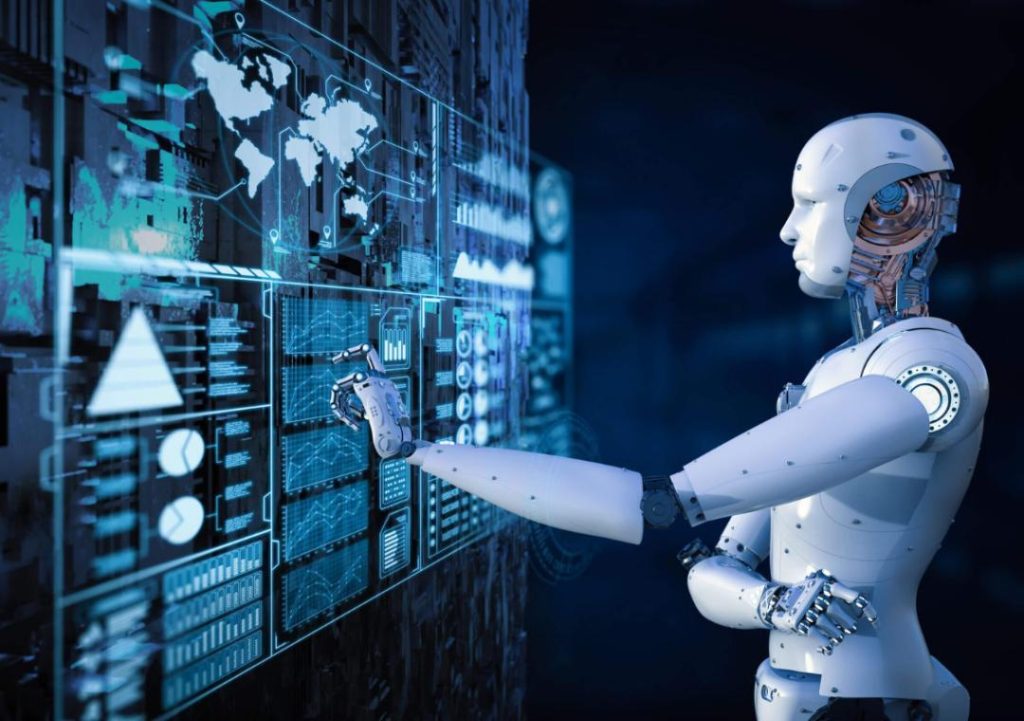
AI & Automation: The Productivity Power Duo
In today’s fast-paced business landscape, companies are constantly seeking ways to streamline operations, reduce costs, and boost productivity. Two technologies have emerged as game-changers in achieving these goals: Artificial Intelligence (AI) and Automation. When combined, they form a powerful duo that can revolutionize the way organizations work.
Intelligent Automation is the fusion of Robotic Process Automation (RPA) with AI. RPA, in itself, is a form of automation that involves using software bots to perform repetitive, rule-based tasks. These bots mimic human actions, interacting with applications, systems, and data sources to complete tasks such as data entry, document processing, and customer service. AI, on the other hand, is the ability of machines to learn, reason, and make decisions without human intervention.
When RPA and AI are combined, they create a highly effective and efficient system. The bots, now empowered by AI, can learn from data and adapt to new patterns, making them increasingly intelligent and autonomous. This union enables businesses to tackle complex decisions, while the bots handle routine tasks with ease.
The Benefits of AI & Automation
The combination of AI and Automation offers numerous benefits, including:
- Increased Efficiency: Automation allows bots to handle repetitive tasks, freeing up human employees to focus on higher-value tasks. AI enables these bots to learn and adapt, making them even more efficient over time.
- Improved Accuracy: AI-powered bots reduce the risk of human error, ensuring accuracy and consistency in tasks such as data processing and document scanning.
- Enhanced Decision-Making: AI’s ability to analyze large datasets and identify patterns enables businesses to make more informed decisions, reducing the need for manual analysis and interpretation.
- Cost Savings: Automation reduces labor costs by minimizing the need for manual labor, while AI enables businesses to optimize resources and reduce waste.
- Scalability: AI-powered automation can be easily scaled up or down to meet changing business needs, making it an ideal solution for companies experiencing rapid growth or fluctuations in demand.
Real-World Applications of AI & Automation
AI and Automation are being successfully implemented across various industries, including:
- Customer Service: AI-powered chatbots are being used to handle customer inquiries, reducing the need for human customer support agents and providing 24/7 support.
- Finance: Automation is being used to streamline financial processes, such as account reconciliation and invoicing, while AI is being applied to fraud detection and risk analysis.
- Healthcare: AI-powered automation is being used to analyze medical images, predict patient outcomes, and streamline clinical workflows.
- Manufacturing: Automation is being used to optimize production processes, while AI is being applied to predictive maintenance and quality control.
Challenges and Future Directions
While the benefits of AI and Automation are undeniable, there are still challenges to be addressed, including:
- Data Quality: AI algorithms require high-quality data to function effectively. Ensuring data accuracy and completeness is critical to the success of AI-powered automation.
- Change Management: Implementing AI and Automation requires significant changes to business processes and employee roles. Effective change management is essential to ensure a smooth transition.
- Cybersecurity: As AI and Automation become increasingly prevalent, cybersecurity risks must be carefully managed to prevent data breaches and protect sensitive information.
As AI and Automation continue to evolve, we can expect to see even more innovative applications across industries. The future of work is likely to be shaped by these technologies, enabling businesses to achieve unprecedented levels of efficiency, productivity, and competitiveness.
Conclusion
The combination of AI and Automation is a game-changing productivity power duo that is transforming the way businesses operate. By automating routine tasks and empowering AI to tackle complex decisions, companies can achieve significant cost savings, improve accuracy, and increase efficiency. As these technologies continue to evolve, it’s essential for businesses to stay ahead of the curve and leverage their benefits to drive success.
Source:






